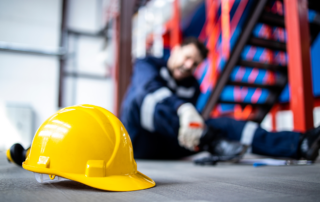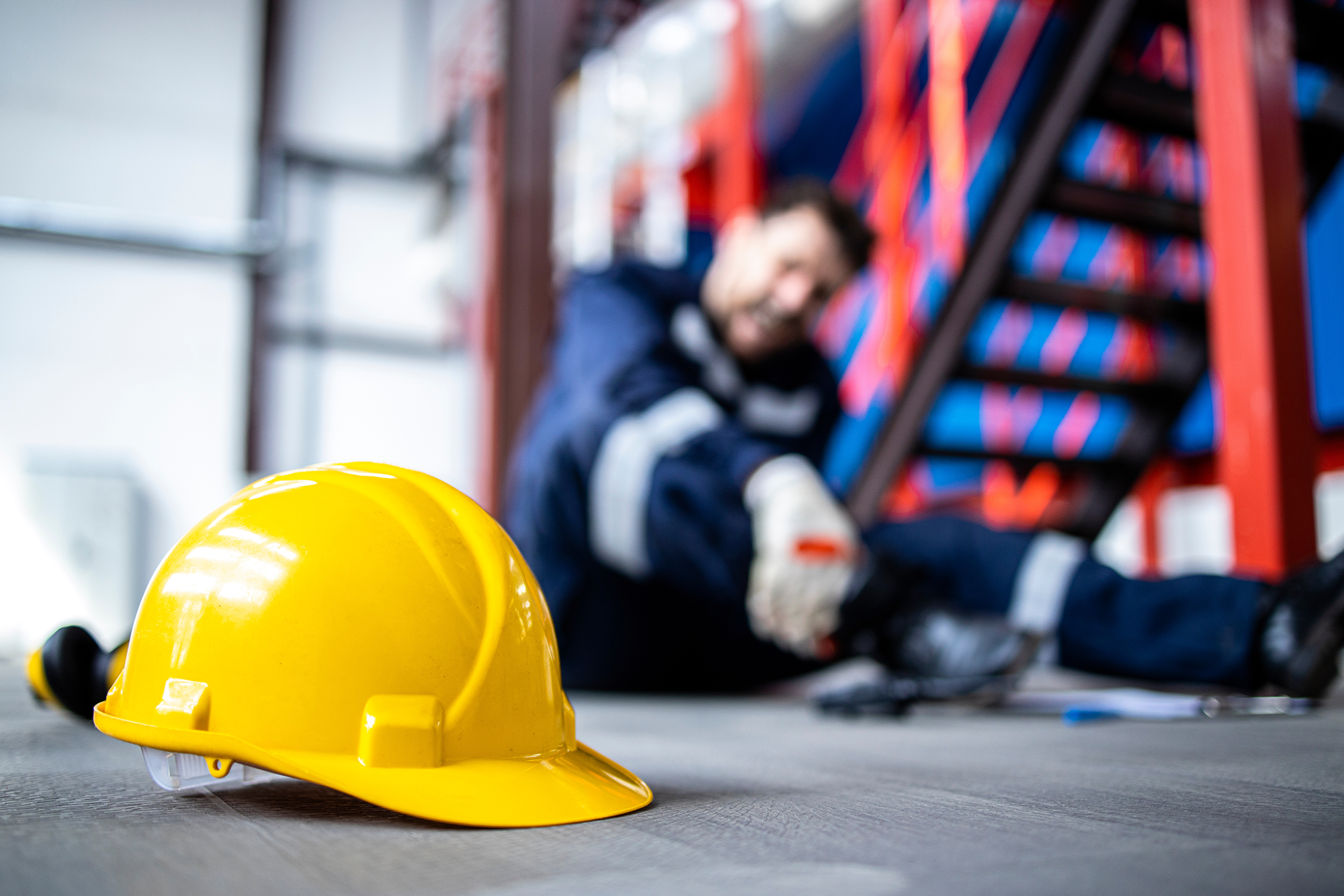SAFETY MATTERS – PROPERLY REFUELING SCHOOL-OWNED EQUIPMENT
Properly Refueling School-owned Equipment
Filling up a vehicle used for school trips or on school grounds may seem like an easy, mindless task, but it can be extremely dangerous if done incorrectly. Not only can improper refueling cause burns, fires or explosions, but the gasoline or diesel itself is also a hazardous substance with the potential for leaks and spills.
When refueling on school grounds or when stopping off-campus to fill up, make sure you are taking the right precautions to keep yourself, students and the equipment safe. Use these tips to ensure refueling does not result in an accident.
- Always concentrate on the task at hand. Do not try to complete other tasks while refueling.
- Stand by the tank so you can act quickly if something goes wrong.
- Do not refuel while smoking, while others are smoking or near any other open flames.
- Do not overfill the fuel tank—95 percent full is a good guideline for any type of vehicle or container.
- On hot days, allow room in the tank for the fuel to expand.
- If filling up on school grounds, do not refuel in areas with heavy vehicle or foot traffic.
- Do not refuel in areas that have the potential for spills or fuel ignition.
- Use only approved containers to hold fuel, and make sure they are stored in a safe place without the risk of ignition or being knocked over.
- After filling with a portable container, wipe it off and ensure the cap is secure and the air vent is tight.
When Refueling Vehicles:
- Make sure no students are around. Children’s heads could be at the same level as the gas tank which could result in dangerous fume inhalation. They could also get splashed with fuel, making them highly flammable.
- Turn off the engine and chock the wheels if there is a possibility the equipment or vehicle could roll.
- Do not top off the tank.
- Use only the hold-open latch provided on the pump.
Guidelines for Refueling Areas
- Clearly mark areas in the facility where refueling will occur to avoid the possibility of accidents, including spills or inadvertent ignition.
- Clean up all spills immediately. If you have to leave a spill unattended, mark off the area to reduce the possibility of slips.
- Make sure there is a fire extinguisher available in the area before you begin fueling and that you know how to use it.
- Keep the entire area unobstructed. Make sure other vehicles can enter and exit the area smoothly and that it is free of garbage and debris.
About the Author
Share This Story
Related Blogs
OSHA’s Safe and Sound Week Scheduled for Aug. 12-18
Each year, more than 5,000 workers are killed on the job. Additionally, more than 3.6 million employees are seriously injured each year while at work. Because of this, the Occupational Safety and Health Administration (OSHA) holds a nationwide event each August called Safe and Sound Week, which promotes the importance of companies incorporating safety and health programs into their workplace. This year, the event runs Aug. 12-18, 2024.
2024 Midyear Market Outlook: Workers’ Compensation
Profitable underwriting results have generated favorable conditions across the workers’ compensation insurance market for nearly a decade. According to the National Council on Compensation Insurance (NCCI), the segment produced combined ratios of 84.5 and 84.9 in 2022 and 2023, respectively, demonstrating continued profitability.
CrowdStrike, the Most Important Cyber Accumulation Loss Event Since NotPetya, Highlights Single Points of Failure
In what is being called “the most important cyber accumulation loss event since NotPetya,” the July 19, 2024, global technology outage (CrowdStrike) will produce scores of insurance claims across a range of policies, test cyber policy wordings,and sharpen the industry’s focus on single points of failure.







